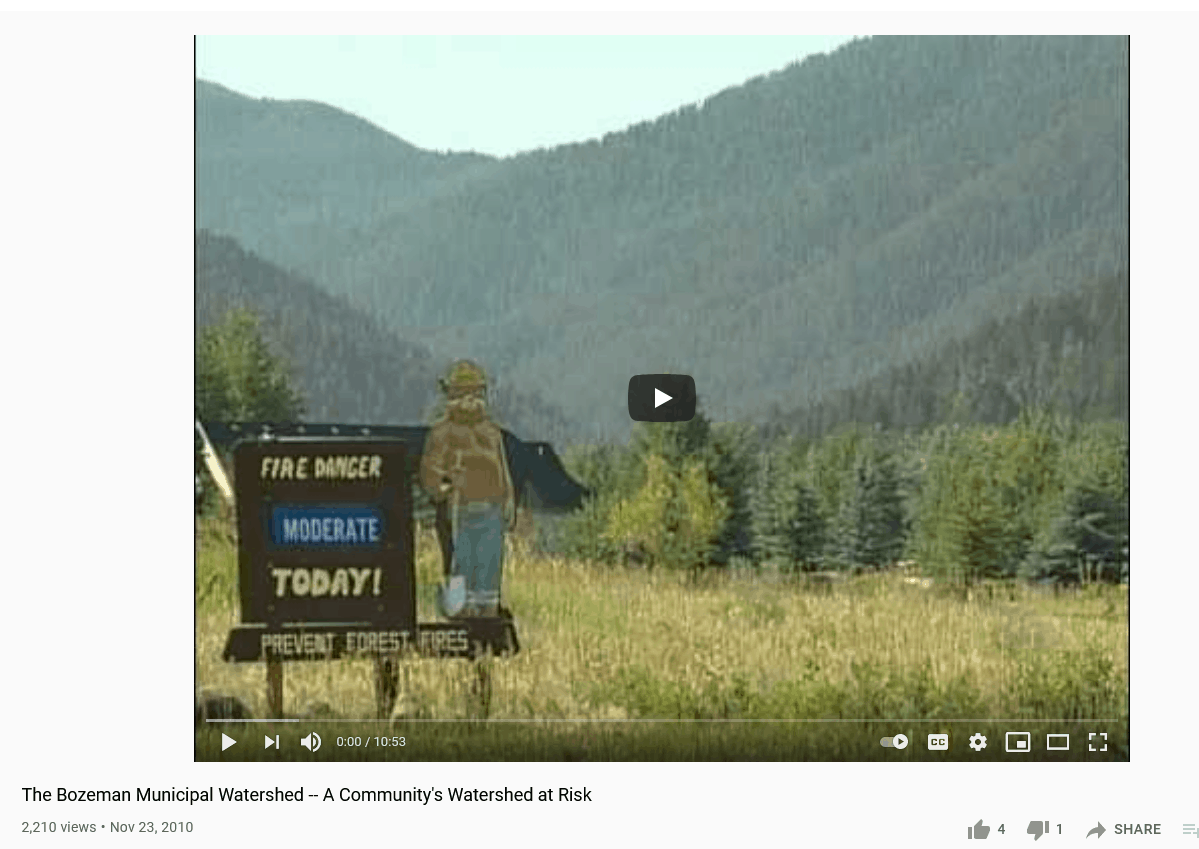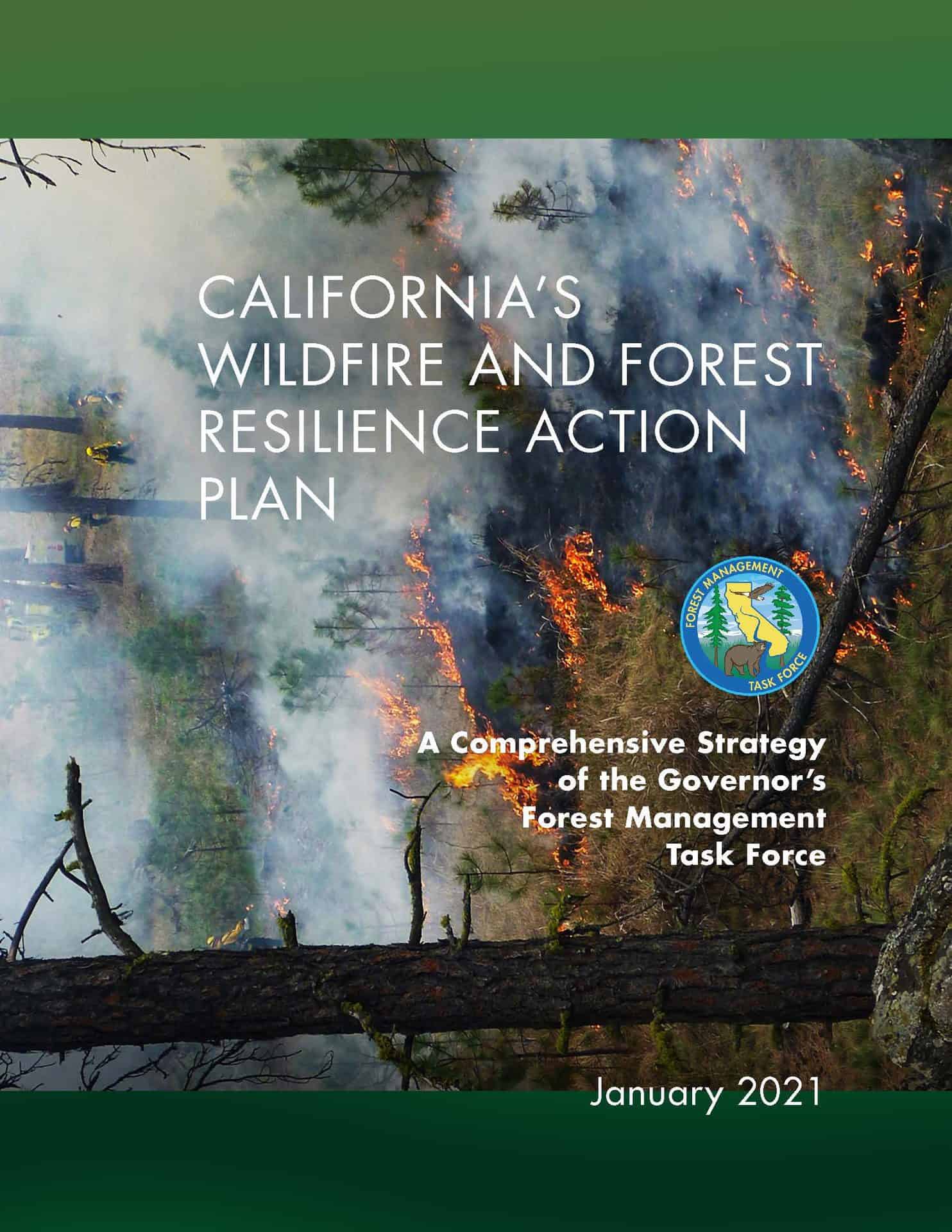
FOREST SERVICE
- South Fork Stillaguamish project (North Cascades Conservation Council v. U. S. Forest Service, W. D. Washington)
(Update.) The North Cascades Conservation Council has a lawsuit pending against the South Fork Stillaguamish timber sale project, located on the Darrington Ranger District of the Mount-Baker Snoqualmie National Forest (which was apparently not picked up by the Forest Service litigation summarizer). (This March 9 Order from the district court grants intervention to contractors, but it also provides some background on the case.)
- Mt. St. Helens (Cascade Forest Conservancy v. U. S. Forest Service, D. Washington)
(New Lawsuit.) Several research scientists and conservation groups sued the Gifford Pinchot National Forest on March 22 to require an EIS before building a road through the blast zone of the Mount St. Helens National Volcanic Monument in order to repair the outlet from Spirit Lake. (This article includes a link to the complaint.)
- National oil and gas leasing ban (State of Wyoming v. U. S. Department of the Interior, D. Wyoming)
(New lawsuit.) On March 23, the State of Wyoming challenged the Department of Interior’s moratorium on oil and gas leasing on federal lands. According Governor Gordon, “The question is whether it will be produced under the environmental safeguards in place on federal lands in Wyoming, or overseas without equally stringent regulations.” (This article includes a link to the complaint.)
BLM
- Alton Coal Mine (Utah Physicians For A Healthy Environment v. US Bureau of Land Management, D. Utah)
(Court decision.) On March 24, the district court remanded a BLM decision to authorize expansion of the Alton coal mine. The court found that the BLM violated NEPA by failing to consider the adverse socio-economic impacts of greenhouse gas emissions in a manner commensurate with the economic benefits, and failing to consider cumulative effects of other reasonably foreseeable future GHG sources. (The opinion is here.)
- Colorado land exchange (Colorado Wild Public Lands, Inc. v. Shoop, D. Colorado)
(Court decision.) On March 25, the district court upheld a land exchange that added land to a private ranch. With regard to NEPA, the newly private land would be protected from environmental impacts by a conservation easement, and on the newly public land the effects of increased recreation did not need to be considered until a “future site-specific management plan” is developed for that area. NEPA also did not apply to appraisals because they are not a “component of a physical environment and cannot be reasonably understood as encompassing of parity in the value of the parcels to be exchanged.” (The court’s opinion is here.)
- Grand Junction RMP (Center for Biological Diversity v. U. S. Bureau of Land Management, D. Colorado)
(Voluntary remand.) On March 26, the district court approved a voluntary remand of the Grand Junction Resource Management Plan to the BLM in light of a decision by the court in a similar case for an adjacent plan that failed to adequately consider indirect emissions of oil and gas or to consider a reasonable range of alternatives. (This news release includes a link to the Order.)
On March 23, the Center for Biological Diversity and two other organizations sued to stop BLM’s grant of a right-of-way to pump water from an underground aquifer under the Mojave Trails National Monument and near the Mojave National Preserve. (Center for Biological Diversity v. U. S. Bureau of Land Management, C.D. California.) On March 24, the Center and four other organizations filed a notice of intent to sue the BLM and Fish and Wildlife Service over the California Desert Conservation Area Plan Amendments and Approvals for the West Mojave Route Network Project and Travel Management Plans.
ESA
- Spotted owl critical habitat
(New lawsuits.) On March 5, the American Forest Resource Council along with the Association of O&C Counties, and counties in Oregon, Washington, and California challenged the Biden administration’s delay in implementing its decision to substantially reduce the critical habitat designated for the northern spotted owl. On March 23, conservation groups challenged the Trump administration’s critical habitat decision by the U. S. Fish and Wildlife Service’s that is being delayed. This article has a link to the complaint in the latter case (Audubon Society of Portland v. U. S. Fish and Wildlife Service, (D. Oregon)), and this article may have a working link to the former.
This article summarizes other recent lawsuits filed over Endangered Species Act decisions made by the Trump administration. Several affect national forests.
On April 1, in the federal district court for the District of Columbia, the Center for Biological Diversity challenged the failure to list ten candidate species that the Fish and Wildlife Service found warranted for listing but precluded by species with higher priorities. The species include the monarch butterfly, and the northern spotted owl, which was found warranted for relisting as endangered instead of threatened. This article includes a link to the complaint in Center for Biological Diversity v. U. S. Fish and Wildlife Service (D. D.C.).
Multiple conservation groups sued the USFWS on March 25 over a decision to deny the north Oregon coast population of red tree voles protection under the Endangered Species Act. This news release includes a link to the complaint in Center for Biological Diversity v. U. S. Fish and Wildlife Service (D. Oregon).
Multiple conservation groups also sued the USFWS on March 24 for refusing to designate critical habitat for the endangered rusty patched bumblebee. (This article includes a link to the complaint in Natural Resources Defense Council v. U. S. Fish and Wildlife Service, D. D.C.)
On March 31, the Center for Biological Diversity also filed a notice of intent to sue the National Marine Fisheries Service to make a decision on whether the Oregon coast spring-run chinook salmon warrants protection. (This article provides further background.
- Roundtail chub listing (Center for Biological Diversity v. Haaland, D. Arizona)
(Court decision.) On March 31, the district court reversed the decision by the U. S. Fish and Wildlife Service to withdraw its 2015 proposed listing of the lower Colorado River roundtail chub, which is found in Wyoming, Utah, Colorado, Arizona and New Mexico. The court held that a recent determination that it is not a separate species did not relieve the FWS of responsibility to consider it as a distinct population segment of its species that could be listed. The plaintiffs first petitioned the species for listing seventeen years ago. (The court’s opinion is here.)




